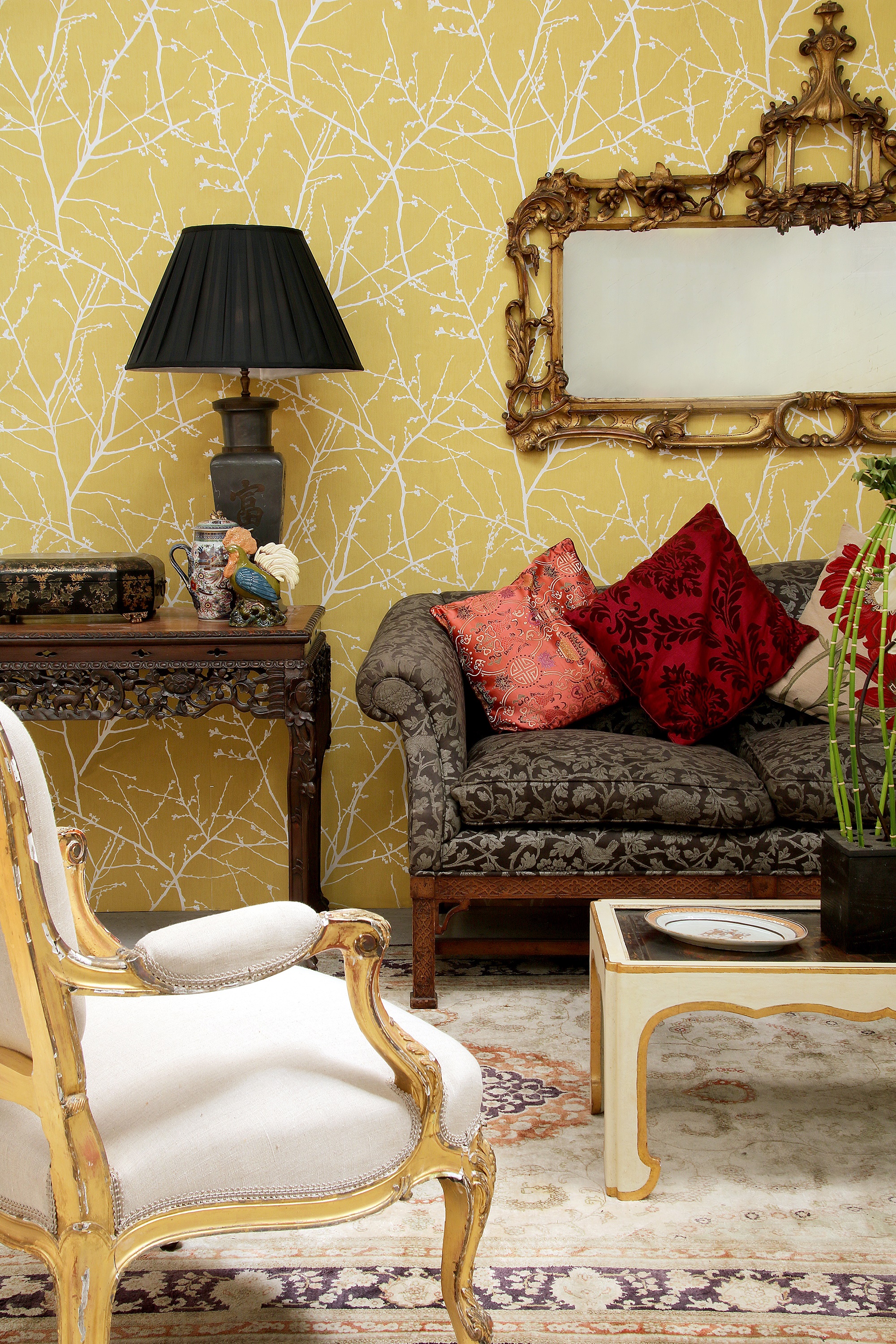East meets West
A Fusion of Styles
The exoticisms of the East have long fascinated artists and cabinetmakers in Europe. From the directed interpretation of Chinese designs adorning 18th century English porcelain, to less immediately apparent references in blind fret carved cock-pen lattice carvings, we look at the legacy left by Eastern countries on the Western arts...
The exoticisms of the East have long fascinated artists and cabinetmakers in Europe. From the directed interpretation of Chinese designs adorning 18th century English porcelain, to less immediately apparent references in blind fret carved cock-pen lattice carvings, we look at the legacy left by Eastern countries on the Western arts.
The popularisation of the art and design of the East in the West can be traced back to the 16th century when the Dutch and English East India companies opened up trade routes between China and Japan, and Europe; with their focus predominantly on the importing of silk, spice and tea, it also allowed for an influx of lacquer and porcelain to enter through the port cities of London and Amsterdam.
Amongst the earliest exported arts from the Far East were lacquerwares. The obsession in the West started in the 16th century with the export of, what has now become known as, Nanban (southern barbarian) wares. These works, exquisitely decorated in gold and mother-of-pearl inlaid into a black background, were soon made specifically for export and took familiar Western forms such as cabinets that suited the purchasers in Europe, these cabinets often being treated to bespoke stands made to order from Western craftsmen for display in European rooms.

China, too, exported large lacquer panels that were only made up into furniture by English craftsmen once they had reached Europe, thus leading to a comprehensive mix of materials and design being both entirely Eastern yet undeniably English. A tradition that was continued by Mallett & Son until relatively recently, who rehoused 18th century lacquer panels into contemporary occasional tables. (see lot 573).
Another example of this marriage of styles and techniques can be found in the clobbered porcelain of the 18th and 19th centuries. The process, which started in Holland, saw imported Chinese blue and white ceramics having decoration added by European craftsmen over the initial glazing, being re-fired then gilded, before being returned to the kiln for a final time. This process, also adopted by the British, was often carried out by anonymous makers for the early to mid-19th century burgeoning middle classes, and as such, very little information remains about who they were. The numerous items they produced have historically been overlooked by collectors as being neither Chinese nor English, despite in reality being both. Has the item been damaged or enhanced? Are these pieces a bastardisation of the simple beauty of the 18th century Chinese piece, or do they form part of the history of the changing European taste and its continual interpretation and re-imagination of the arts of the East?
Perhaps these chinoiserie motifs, so popular in the 18th century, can most clearly be seen in Thomas Chippendale’s ‘The Gentleman and Cabinet-maker’s Director’. The fantastical designs within its pages draw inspiration from not only China, but also Japan and India, and combine these with the rococo and Gothic styles already prevalent in Europe. Ho-ho birds and fantastical landscapes with pagodas, that all have origins on the other side of the world, have now become the cornerstones of English cabinetmaking. Many of these influences have become so entrenched in what is now thought of as the traditional English aesthetic, that they can pass almost undetected, but look a little closer at the objects in your house and you may be surprised at how far-reaching and exotic their origins are.
For more information please contact James Pickup
jamespickup@sworder.co.uk
Recent News
Furnishing a City
With principles of locally sourced materials and clean lines resonating as strongly as when Pierre Jeanneret’s furniture was initially produced in the mid-20th century, there has been a recent fervour for this furniture on the art market.
20 December 2024
Chanel | Legacy, Luxury & Love
Our next Design sale offers a Chanel bottle with a romantic backstory and a life filled with memories. From its first creation in 1921, the evolution of the iconic Chanel bottle design has maintained a timeless appearance and is synonymous with romanticism.
20 December 2024
The Year in Review | A Look Back at 2024
Join us as we recap some of the most notable highlights from our 2024 sales and celebrate another successful year.
19 December 2024